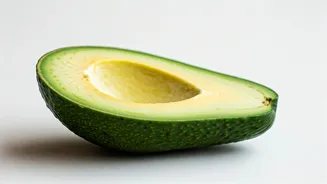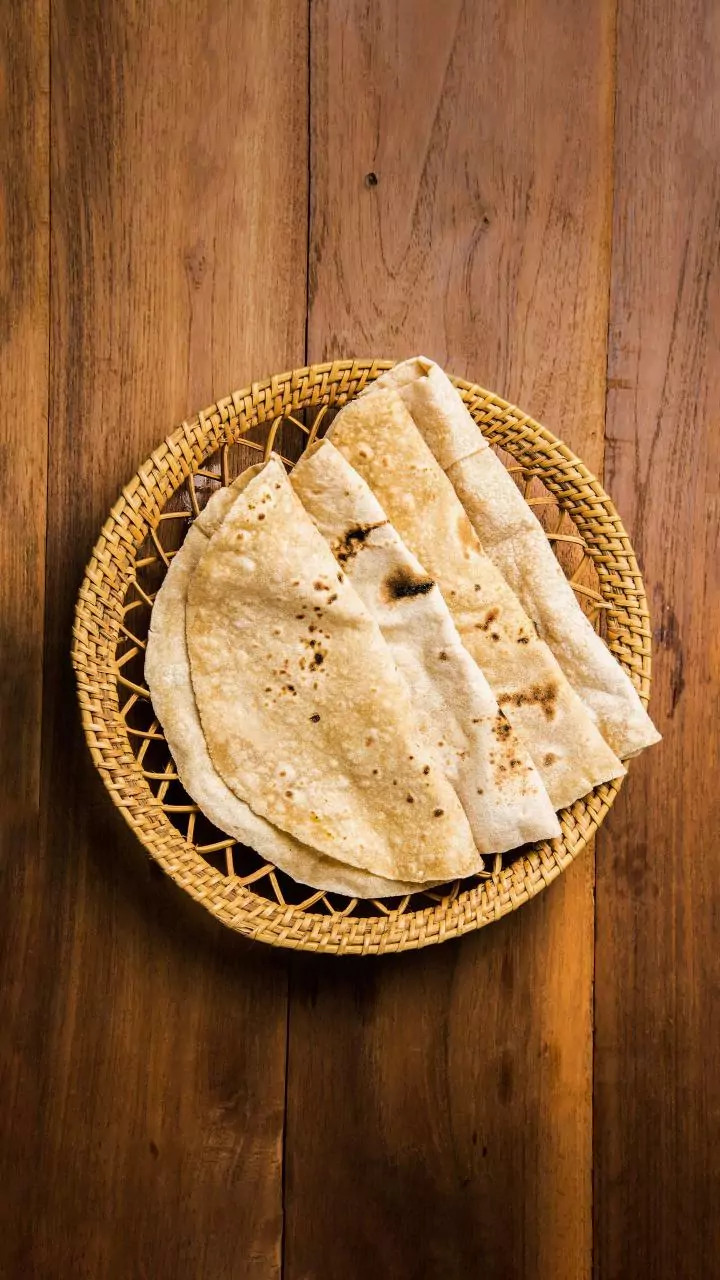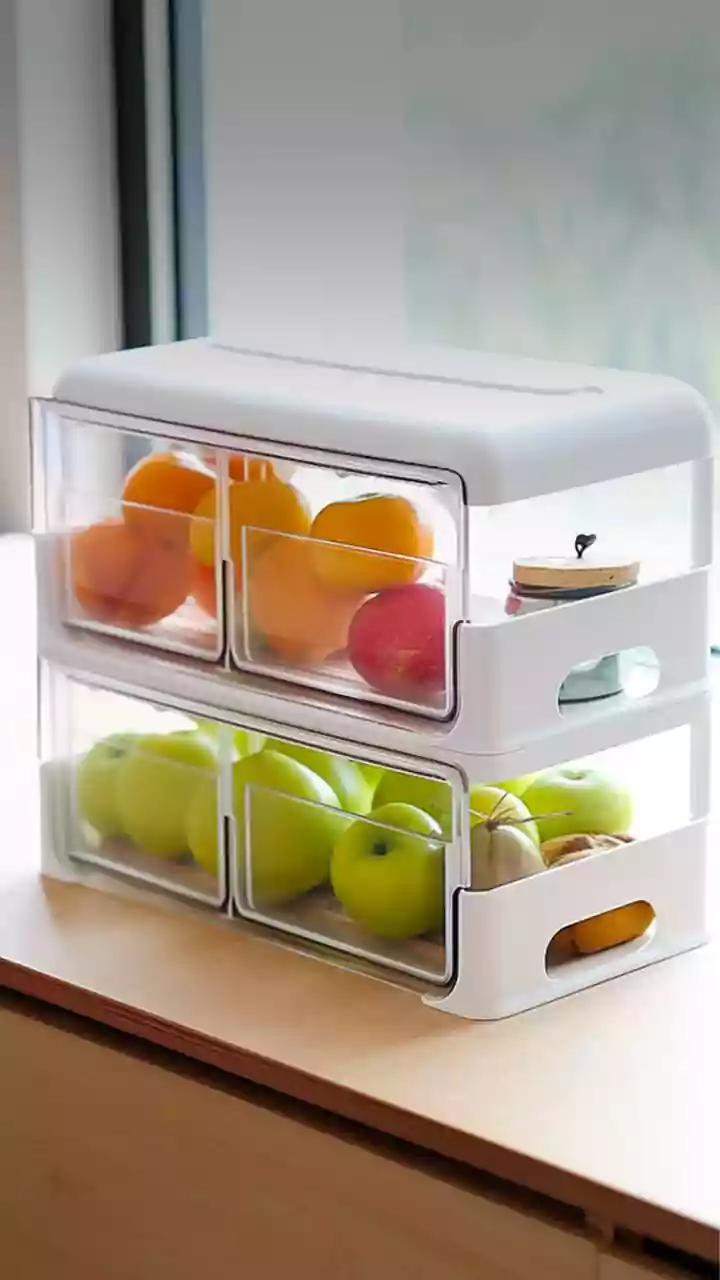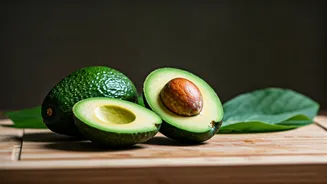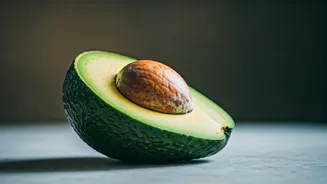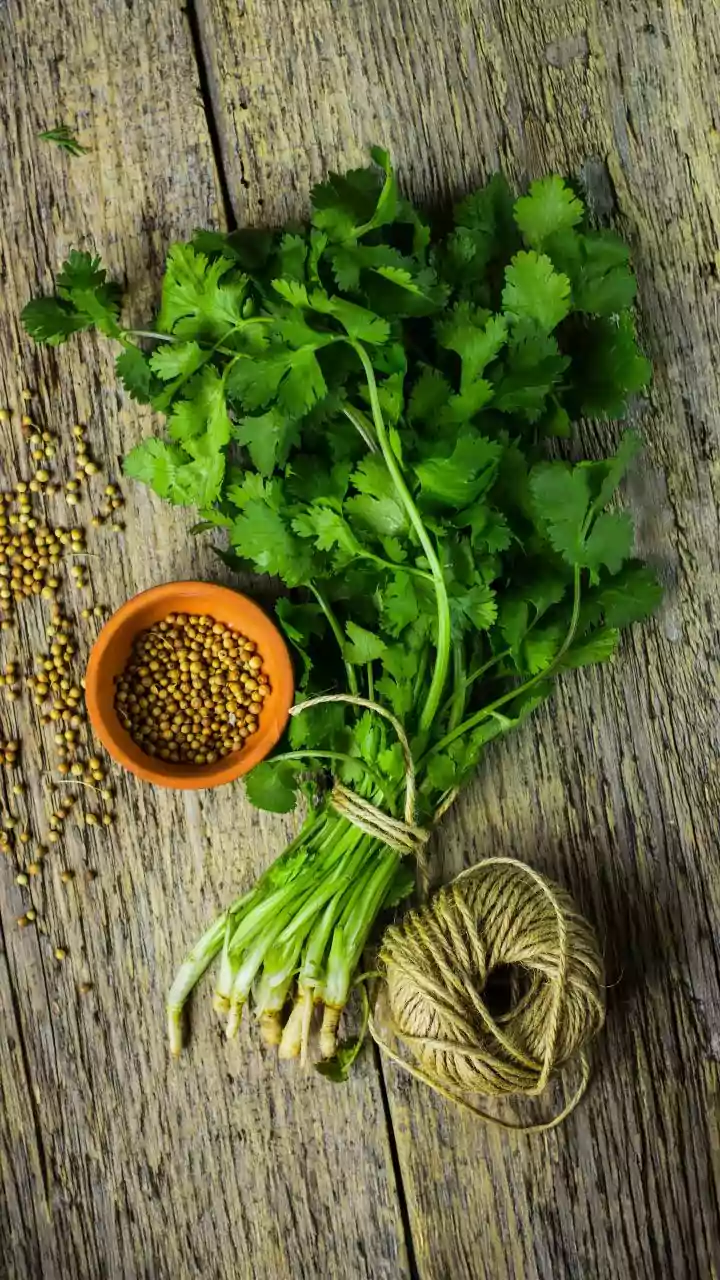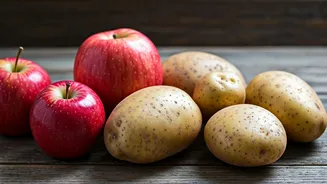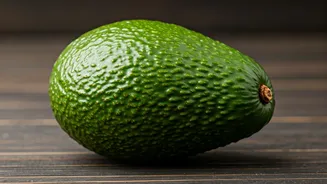Why Avocados Spoil
Avocados, while delicious, are unfortunately prone to damage and have a relatively short shelf-life. This is because they are delicate fruits and easily
susceptible to physical damage. Bruising, caused by bumps or pressure, can speed up the ripening process and lead to spoilage. Their high moisture content also makes them vulnerable to microbial growth if not stored properly. The specific reason avocados have a short shelf life is that the enzyme activity within the fruit continues even after harvesting. This ongoing enzymatic action accelerates the softening and eventual decay of the avocado. Understanding these factors is key to extending the life of your avocados and reducing food waste.
Optimal Storage Solutions
Proper storage significantly impacts how long avocados stay fresh. The ideal temperature and humidity levels are crucial. For unripe avocados, store them at room temperature, ideally between 20-24°C (68-75°F). This allows them to ripen naturally. Once ripe, move them to the refrigerator. The cooler environment (around 4-7°C or 39-45°F) slows down the ripening process, extending their shelf life by several days. If you've cut an avocado and only used part of it, prevent browning by leaving the pit in the unused portion and pressing plastic wrap directly onto the surface to minimize air exposure. A sprinkle of lemon or lime juice can also help. Place the wrapped avocado in the refrigerator for the best results.
Handling Cut Avocados
Handling cut avocados requires careful attention to prevent browning and maintain freshness. The key enemy here is oxidation, the process where the avocado flesh reacts with air and turns brown. Here are some effective techniques. One simple method involves leaving the pit in the unused portion; this helps to slow down oxidation. After that, press plastic wrap directly onto the surface of the avocado, ensuring it makes contact with every exposed area to eliminate air pockets. Another trick is to brush the exposed flesh with lemon or lime juice. The acidity in these juices acts as an antioxidant, inhibiting the browning process. Storing the cut avocado in an airtight container within the refrigerator is also recommended. Properly stored, cut avocados can last for a day or two.
More Preservation Methods
Beyond refrigeration and wrapping, consider other methods for preserving avocado quality. Submerging the cut avocado in water can help reduce browning. Place the cut avocado in a container, cover it with cold water, and store it in the refrigerator. However, this method can slightly alter the texture of the avocado, so use it quickly. Another option is to freeze avocado. This is best done by mashing the avocado with a little lime juice to prevent browning and then freezing it in an airtight container or freezer bag. Frozen avocado is ideal for smoothies, dips, or sauces, as the texture may change upon thawing. The key is to address the factors that contribute to their fast deterioration and to create a storage environment which minimizes air exposure.
Beyond Storage Basics
Knowing the ideal storage conditions and methods goes beyond simply keeping your avocados fresh. It's also essential to be aware of the signs of spoilage. Look for discoloration (excessive browning), a change in texture (becoming mushy or stringy), and any off-odors. If you notice any of these, it's best to discard the avocado. Avoid buying avocados that are already bruised or damaged. Choose firm, unblemished fruits. Consider the ripeness when purchasing. If you need avocados immediately, select ripe ones. For future use, choose firmer ones that will ripen at home. Properly stored and handled, you can enjoy your favorite avocados for a long time.
